

At Carpet One, we understand that the secret to enduring beauty and timeless elegance of vinyl floors lies in proper care, maintenance, and installation. This comprehensive guide seeks to demystify vinyl flooring care and maintenance, offering actionable tips to keep your floors in pristine condition.
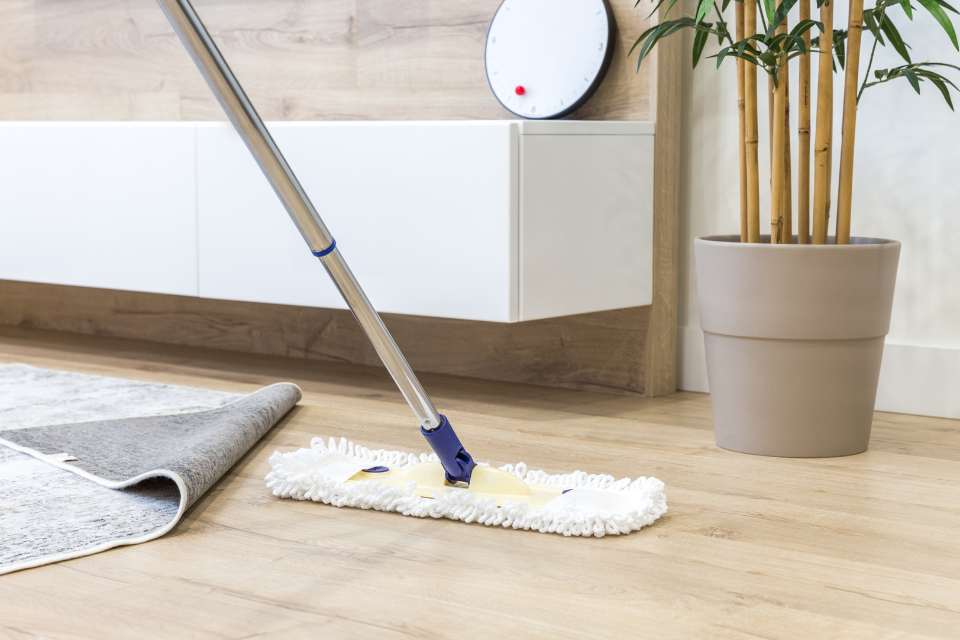
Vinyl floors offer unmatched durability, stunning aesthetics, and low-cost upkeep. Dive headfirst into the best practices for vinyl floor maintenance with this guide to ensure your floors remain as vibrant and inviting as the day they were installed.
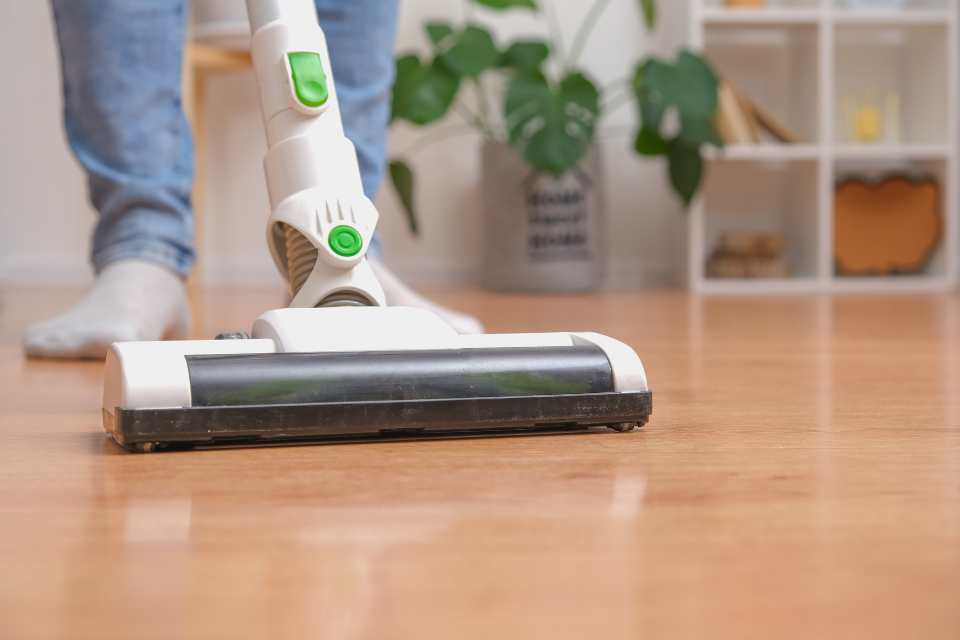
Regular maintenance is key to preserving the appearance and extending the life of your vinyl floors. Explore these expert daily maintenance tips for vinyl floors to ensure your floors remain in top condition:
Selecting the right tools for daily cleaning is paramount. Luckily, cleaning vinyl plank flooring is a breeze! Keep dust and grit at bay using a soft broom or a vacuum cleaner designed for hard floors. Incorporate sweeping into your daily routine to remove loose dirt, dust, and debris. Pay special attention to high-traffic areas and around entryways where dirt accumulation is common. By sweeping regularly, you prevent abrasive particles from grinding into the vinyl, maintaining its smooth finish.
The right cleaning solution can make all the difference. For a more thorough clean, consider using a microfiber mop dampened with water or a manufacturer-approved vinyl floor cleaner. Avoid using harsh chemicals or abrasive cleaners, as they can strip away the floor's protective coating and cause discolouration.
Here are some DIY vinyl floor cleaning solutions for effective and safe mopping:
Vinegar and water solution: Mix equal parts of white vinegar and warm water in a bucket. Vinegar is a natural disinfectant and helps to cut through grease and grime on vinyl floors. It also leaves behind a streak-free shine.
Dish soap and water solution: Add a few drops of mild dish soap to warm water in a bucket. Use a mild soap to avoid leaving behind a residue that can attract more dirt.
Baking soda paste: For stubborn stains or scuff marks, make a paste using baking soda and water. Apply the paste to the affected area, let it sit for a few minutes, then gently scrub with a soft-bristled brush or sponge. Baking soda is mildly abrasive and helps to lift stains without damaging the vinyl surface.
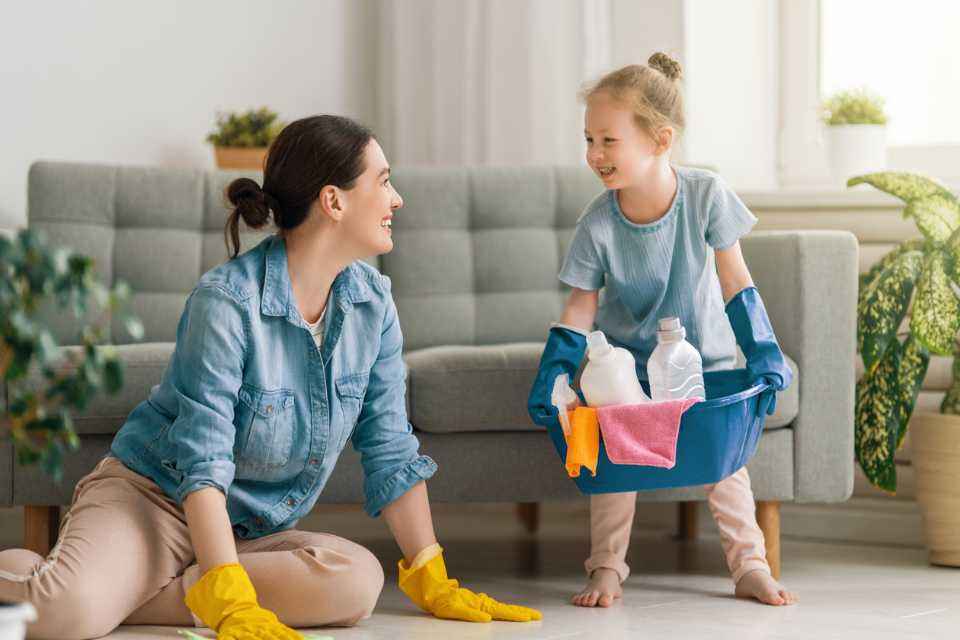
We know better than anyone that accidents happen, but how do you clean up those spills to save your vinyl? When it comes to stain removal for vinyl floors, swift action is key to preventing stains and damage.
Prompt action is crucial in preventing stains. Wipe spills immediately with a soft cloth and a warranty-recommended cleaner to prevent stains from setting. Avoid using excessive water, as some vinyl products are susceptible to water damage if moisture seeps into the seams or edges.
Some materials that you'll want to have on hand include clean, absorbent cloths, paper towels, and a sponge. To remove stains, use these effective blotting steps:
Blot, Don't Rub: Instead of rubbing the spill, gently blot it with a clean cloth or paper towel. Press down firmly to soak up as much liquid as possible without spreading it further.
Work from the Outside In: Start blotting at the outer edges of the spill and work your way towards the center. This helps prevent the spill from spreading to unaffected areas of the floor.
Change Cloths or Paper Towels: If the cloth or paper towel becomes saturated with liquid, switch to a fresh one to continue blotting. Using a saturated cloth can actually spread the spill and make it more difficult to clean up.
Apply Gentle Pressure: Apply gentle, even pressure when blotting to avoid pushing the spill deeper into the vinyl flooring. Avoid pressing too hard, as this can potentially damage the floor's surface.
Repeat as Necessary: Depending on the size and type of spill, you may need to repeat the blotting process multiple times to completely remove the liquid. Be patient and thorough to ensure the spill is fully absorbed.
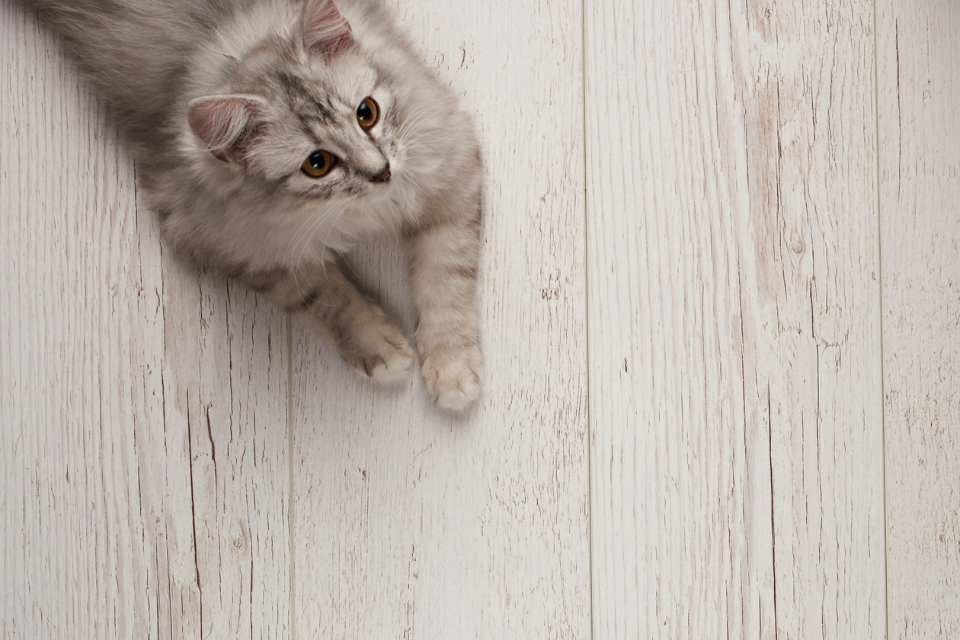
Caring for your luxury vinyl floors extends beyond immediate cleaning and stain removal tactics. To ensure the long-term durability of vinyl flooring for years to come, consider protecting against scratches and scuffs.
Prevent scratches and scuffs by placing felt furniture pads under furniture legs and using protective mats in high-traffic areas. For comprehensive floor protection, invest in floor protectors designed specifically for vinyl floors. These specialized products offer enhanced durability and performance, ensuring long-term protection against scratches, scuffs, spills, and other common forms of damage. From adhesive-backed felt pads to clear protective films, there are numerous options tailored to meet the unique needs of vinyl flooring.
Effectively maintaining your vinyl planks while enjoying the company of your furry friends is easier than you might think. Take proactive steps to manage the impact of pets on your floors by implementing simple yet essential measures. Start by keeping your pet's nails trimmed regularly to minimize the risk of scratches and scuffs on your vinyl flooring. Additionally, be diligent about promptly cleaning up any accidents to prevent stains and odors from setting into the floor.

Seasonal deep cleaning can rejuvenate your floors and keep them looking as good as new. Carpet One suggests scheduling a professional deep clean or undertaking a thorough clean yourself every six months to tackle any build-up of dirt and grime that regular cleaning might miss. In addition, keep in mind seasonal changes such as temperature, humidity, and sunlight exposure.
Temperature and humidity fluctuations can impact your vinyl floors. Maintaining a consistent indoor temperature and humidity level can prevent your luxury vinyl flooring from warping or developing gaps. The ideal environment for vinyl floors is a stable, moderate climate, which can easily be achieved with the use of air conditioners, dehumidifiers, or humidifiers, depending on the need. Adjust your cleaning routines with the changing seasons to maintain your floor's beauty.
Furthermore, managing sunlight exposure can significantly benefit your vinyl flooring. Prolonged exposure to direct sunlight can cause colours to fade over time. Utilize curtains or blinds during peak sunlight hours to protect your floors from UV damage. This simple step not only preserves the look of your vinyl floors but also contributes to energy conservation within your home.
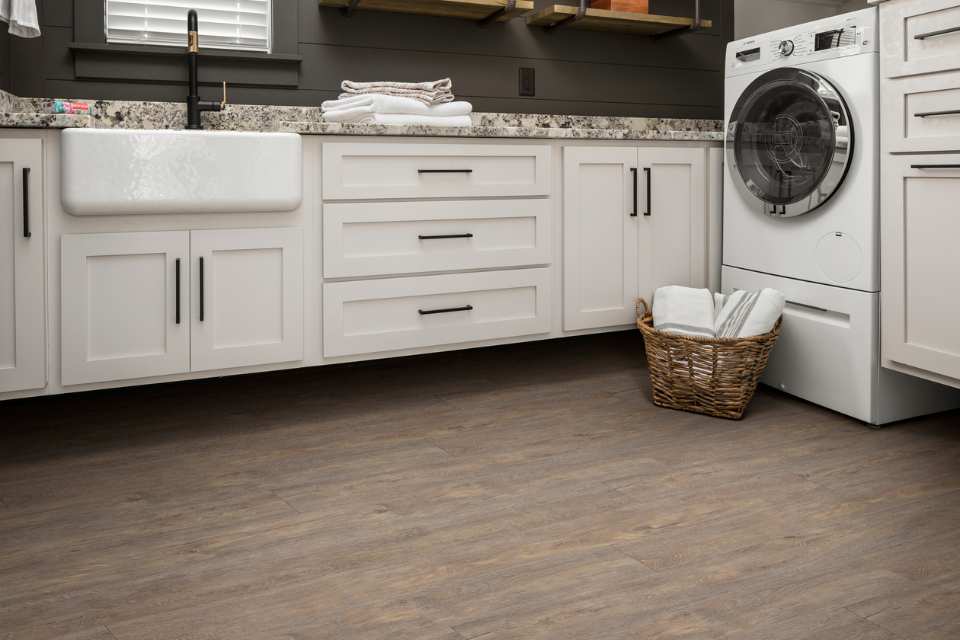
Take proactive steps to minimize the impact of long-term wear on your vinyl flooring. This can be as simple as removing shoes before walking on your floors to prevent dirt, grit, and small stones from scratching the surface to incorporating floor protectors under heavy furniture.
Regularly assess your floors for signs of wear. Common signs of wear and tear on vinyl floors include: scratches, scuffs, discolouration, fading, indentations, loose or damaged tiles and planks. Early detection of minor damages can prevent further deterioration.
Add felt pads under all furniture legs, especially those that are moved frequently, to avoid scuffs and scratches. Regularly rearrange your furniture and rugs to help in evenly distributing wear and preventing the formation of worn-out pathways on your floor. For areas under heavy furniture or where chairs are frequently used, such as dining tables or desks, use protective mats to safeguard the vinyl material from indents and tear.
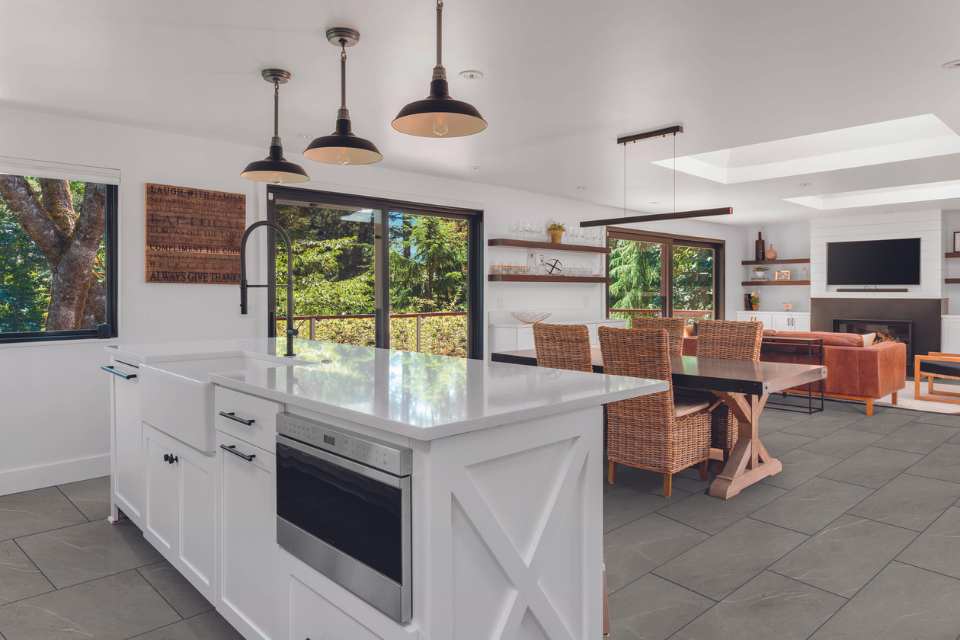
Consistent care and maintenance practices can enhance the longevity and aesthetics of your vinyl floors. For more flooring care and maintenance tips, check out our Flooring Guide.
Ready to shop for the perfect vinyl flooring solution for your home? Explore our luxury vinyl catalog here or visit your local showroom today to get a free estimate today!
Thank you for contacting Carpet One Floor & Home. Your local flooring expert will reach out to you regarding your inquiry.